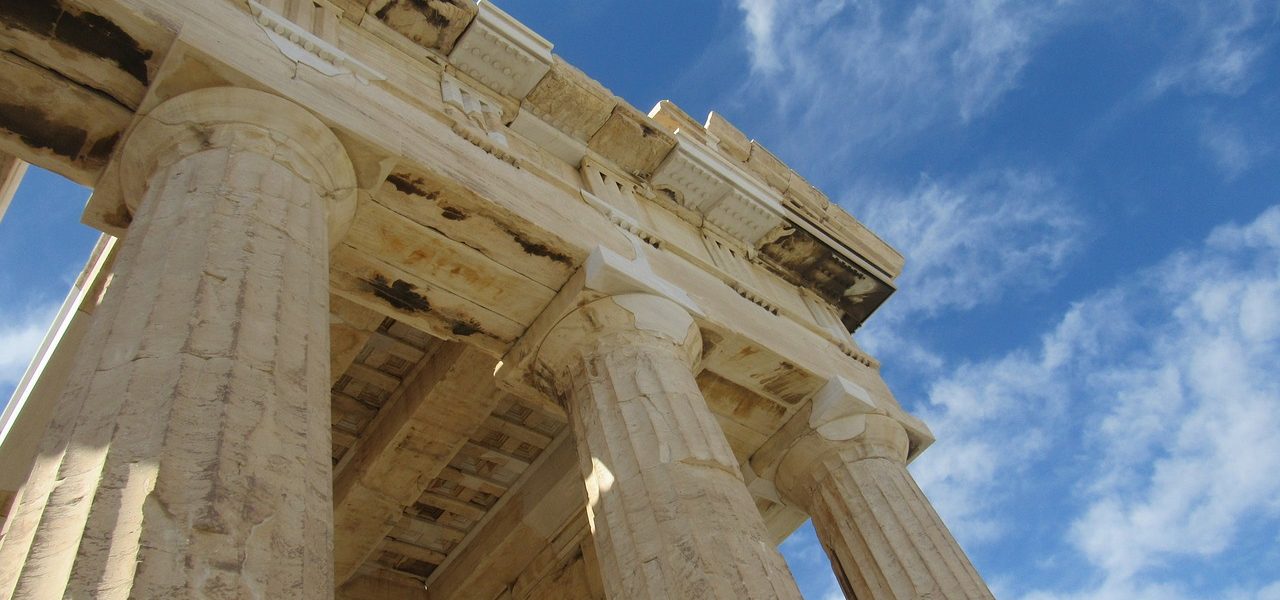Home › Forums › Modern Europe › Oldest sound recording
- This topic has 3 voices and 1 reply.
-
AuthorPosts
-
March 29, 2008 at 3:32 pm #1016
 PhidippidesKeymaster
PhidippidesKeymasterThe oldest recording that we know of may very well be earlier than the one currently believed to have been from Thomas Edison in the 1870s, according to the article in the NYT French Recording May Be World's First. From the article:
The 10-second clip of a woman singing ''Au Clair de la Lune,'' taken from a so-called phonautogram, was recently discovered by audio historian David Giovannoni. The recording predates Thomas Edison's ''Mary had a little lamb'' -- previously credited as the oldest recorded voice -- by 17 years.
Article says that at Berkeley they were able to recreate some of this sound, which was apparently traced onto paper using some sort of "smoke" inscribing technique. I don't really know much about the method used to put it all on paper, but it's interesting that the whole idea of recording sound was made so long ago. I'm guessing that it involved a person singing/talking in front of some device that would move based on the pitch, and there must have been some sort of writing instrument attached to the device that would move as well...this is also where the hand cranking must have been used to move the paper. The article mentions the recording in question dates to 1860. Now I wonder when the first photograph was taken. Anyone know?
March 29, 2008 at 4:33 pm #10945 skiguyModerator
skiguyModeratorThe first permanent photograph was an image produced in 1826 by the French inventor Nic?phore Ni?pce.
http://en.wikipedia.org/wiki/Photography#History_of_photographyHowever, the first "camera" was made well before that:
Photography is the result of combining several technical discoveries. Long before the first photographs were made, Ibn al-Haytham (Alhazen) (965?1040) invented the camera obscura and pinhole camera,[2] Albertus Magnus (1193?1280) discovered silver nitrate, and Georges Fabricius (1516?1571) discovered silver chloride. Daniel Barbaro described a diaphragm in 1568. Wilhelm Homberg described how light darkened some chemicals (photochemical effect) in 1694. The fiction book Giphantie, by French author Tiphaigne de la Roche, described what can be interpreted as photography.
Gotta love the French! Right, Wally? 😀
March 29, 2008 at 4:42 pm #10946 WallyParticipant
WallyParticipantGotta love the French! Right, Wally? 😀
Your reply came in as I was working on this but I'll post it as it seems to confirm what we're both finding... the French (and others) may have had too much time on their hands... 😉 According to O'Brien and Sibley (in The Photographic Eye; Davis Publications; 1995) the first prints appear between 1816 and 1840 although "[t]he first recorded discovery that certain chemicals turned black when exposed to light was made in 1725." This by Johann Heinrich Schulze [German anatomy professor].They go on that basic camera design has been around since [at least] the 1500's and that the Chinese had figured it out perhaps by the fourth century.Carl Wilhelm Scheele [Swede] gets credit for figuring out the basic process that allows us to "fix" the image... get rid of the excess light sensitive material to stablize and preserve the image. Over the next 40 or so years getting the image onto paper was the quest. Frenchman, Joseph Nicephon Niepce figures out emulsion when he creates a light-sensitive varnish out of an esoteric type of asphalt... used it to coat glass or pewter plates... first perminent images from a camera. Daguerre in concert with Niepce and later Niepce's son is the one that locks in on using silver in the emulsion. His claim to fame, the daguerrotype is the first photgraphic process that can be done outside of a laboratory (according to O'B and S; pg 12, TPE).By 1835, Brit, Henry Fox Talbot gets us on paper with the calotype or talbotype. Another Brit, Fredrick Scott Archer gives us the wet-plate process... an improvement that Talbot sued him over the proprietary rights and lost... the process became freely available to everyone, as Archer wanted.From there photography takes off.BTW; the deal with the recording just shows, again, it's the one with the PR that gets the credit. MacKenzie and his crew were the first across North America in the 1790's but Lewis and Clark get all the press, eh?Cheers,Wally
-
AuthorPosts
- You must be logged in to reply to this topic.


